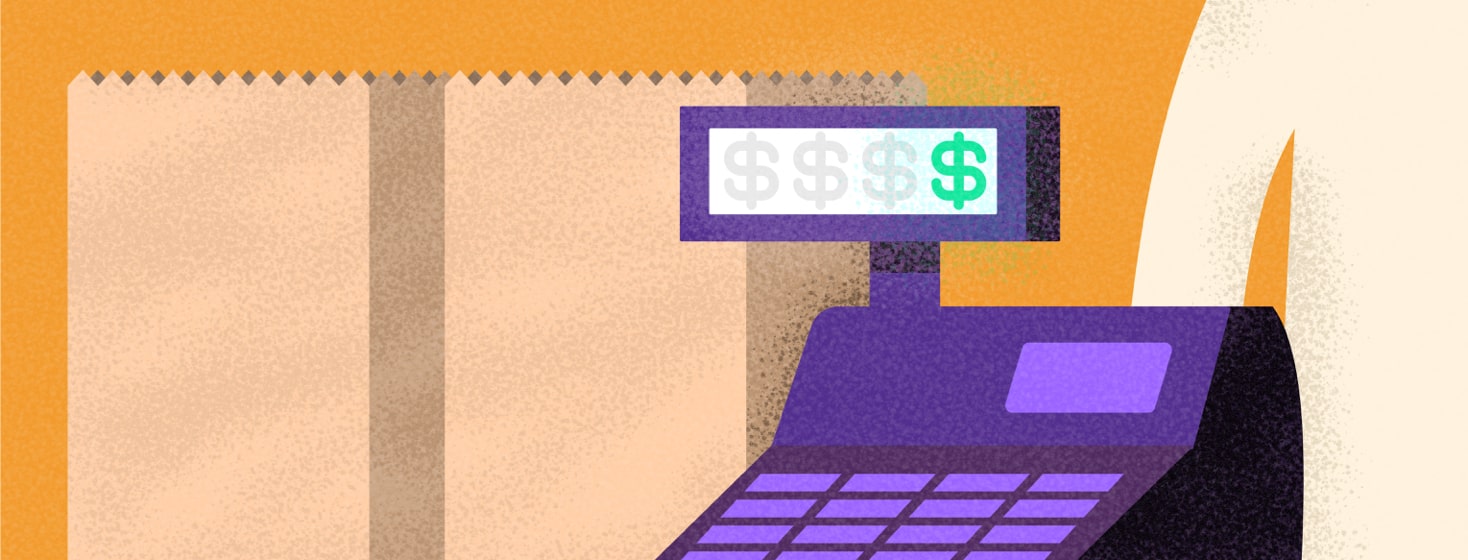Low Carbohydrate Food Shopping on a Budget
You may be considering starting a low-carbohydrate diet to manage your diabetes, but after reading what it actually entails, you might be intimidated by the idea of your food costs increasing as a result.
Budget shopping for a low carb diet
As a wife and mom of three living with type 2 diabetes, I was also concerned about how a low carbohydrate diet might affect my finances. For nearly three years, I have eaten a low-carbohydrate diet for diabetes management. Over the years I have discovered ways to purchase low carbohydrate foods on a budget, which significantly reduce my bills. Here are some tips that I have learned over the years that could help you make a low-carbohydrate diet a reality while on a budget.
What’s included in a low carbohydrate diet?
In low-carbohydrate diets, carbohydrates usually account for less than 26 percent of daily energy, in contrast to the U.S. standard guidelines, which advise about 50 percent of daily energy from carbohydrates. Proteins and non-starchy vegetables make up the bulk of the low-carbohydrate diet, whole grains, legumes, fruits, bread, sweets, pasta, and starchy vegetables are more limited.1
Is a low carbohydrate diet really expensive?
There is a general perception that healthier foods are more expensive to purchase. The principal reason for this trend is that you are replacing ultra-processed food and non-organic food with healthier, cleaner alternative foods.
It is possible to substitute less expensive food items with similar nutritional qualities to further reduce costs. These shopping tips for low carbohydrate food shopping can help you feed your family without going broke while managing your diabetes.2,3
6 ways to shop on a budget
1. Plan ahead and keep it simple
Plan out your recipes in advance and make a shopping list of ingredients. Adding meat and vegetables keep meals simple. Meal planning and shopping in advance make organizing your week's meals easy.
2. Shop the sales
Take a look at circulars at your local grocery stores to find out what is on sale. You can even plan meals based on the weekly sales. Look for generic store brand items or discounted items as a less expensive alternative to brand favorites.
3. Buy cheaper cuts of meat
For cheaper meat, buy stews or fatty ground meat. You can also buy skin-on chicken pieces like drumsticks, thighs, and breasts. It is also possible to purchase an entire chicken to cook.
4. Buy items in bulk
Buying canned and frozen goods in bulk or larger quantities, as well as spice and baking ingredients, when they're on sale. These are shelf-stable so they will last a while in your pantry. The savings are often greater when you buy in bulk.
5. Buy canned or frozen items
You can save money by purchasing frozen or canned fish, especially salmon, canned tuna, and mackerel. Canned beans (when drained and rinsed) are a great source of protein. Freezer staples like frozen berries, spinach, and cauliflower are low-cost and are just as healthy as the fresh versions.
6. Buy in-season produce
Learn about the fruits and vegetables that are grown in-season where you live, so that you can purchase them and consume them when they're in-season. They will usually be less expensive than when they are out of season. In-season vegetables and fruits usually taste better too!
Getting nutritional benefits without the high price tag
The low carbohydrate diet doesn’t have to cost an arm and a leg. Your kitchen and pantry don't need to be stocked with everything organic if it's not in your budget. It's okay to buy regular eggs, non-grass-fed meats, and non-organic fruits and vegetables. You will still reap the benefits of their nutritional value.
Don’t let the cost deter you. You can still thrive on a low carbohydrate diet on a budget!
Do you have any additional cost-saving tips when shopping for a low-carb diet?

Join the conversation